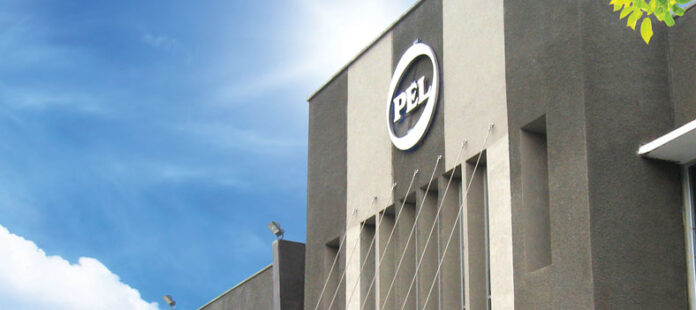Pak Elektron Ltd (PEL) has done something it has seldom managed in its nearly seven decades of manufacturing: it has begun to export at scale. In March this year, the Lahore-based company shipped its first batch of distribution transformers to the United States – an inaugural consignment that caps a stream of orders worth about $44 million and puts PEL on track, by its own and analysts’ estimates, for $50 million in export sales in calendar 2025 and potentially $100 million in 2026. For a business whose fortunes have traditionally risen and fallen with Pakistan’s domestic cycles, this is a step-change: exports that could contribute roughly a fifth of group revenue next year, with export gross margins materially above what PEL earns in the local market.
The context matters. Washington has maintained steep tariffs on Chinese electrical equipment and has tightened scrutiny on supply chains crossing Mexico (and to a lesser degree Canada), even as North American utilities grapple with transmission bottlenecks and long replacement cycles. That combination has created a price and capacity gap into which a cost-competitive, compliant supplier with shorter delivery times can walk. PEL, analysts argue, has arrived with a tariff advantage – the landed duty for Pakistani shipments is set at about 19% – and with a logistical pitch built around delivery in eight to nine months, against an industry norm that can stretch to two years. The content in this publication is expensive to produce. But unlike other journalistic outfits, business publications have to cover the very organizations that directly give them advertisements. Hence, this large source of revenue, which is the lifeblood of other media houses, is severely compromised on account of Profit’s no-compromise policy when it comes to our reporting. No wonder, Profit has lost multiple ad deals, worth tens of millions of rupees, due to stories that held big businesses to account. Hence, for our work to continue unfettered, it must be supported by discerning readers who know the value of quality business journalism, not just for the economy but for the society as a whole.To read the full article, subscribe and support independent business journalism in Pakistan









